Is Induction Welding Machine the Future of Seamless Joining in Manufacturing?
In the dynamic landscape of manufacturing, the quest for efficient and reliable joining methods has always been a priority. Traditional welding techniques have their limitations, often leading to structural weaknesses and time-consuming processes. However, a groundbreaking technology known as induction welding machine has emerged as a promising alternative. With its ability to deliver precise and seamless welds while overcoming many limitations of conventional methods, the induction welding machine is poised to revolutionize joining processes in manufacturing. In this article, we explore the potential of induction welding machines, their advantages, and their role in shaping the future of seamless joining.
Understanding Induction Welding Machine
An induction welding machine utilizes the principle of electromagnetic induction to join materials together. It involves the localized application of heat to the desired welding area without the need for an open flame or direct contact between the heating source and the material. This non-contact heating method makes induction welding particularly suitable for heat-sensitive materials, providing a controlled and efficient process.
How Does an Induction Welding Machine Work?
An induction welding machine consists of an induction coil, a power supply, and a cooling system. When an alternating current (AC) is passed through the induction coil, a magnetic field is generated. Placing the workpiece within this alternating magnetic field induces electrical currents (eddy currents) in the material. These eddy currents produce resistive heating within the material, resulting in localized heating and subsequent bonding or welding.
Advantages of Induction Welding Machine
Precise and Controlled Heating: Induction welding machines offer precise and localized heating, allowing manufacturers to achieve consistent and high-quality welds. The non-contact heating method ensures that only the intended area is heated, reducing the risk of heat distortion or damage to adjacent parts.
Faster Welding Speed: Induction welding machines can deliver rapid heating rates, significantly reducing welding cycle times. The efficiency of induction heating enables faster production processes, leading to increased productivity and shorter lead times.
Additional reading:Ultimate Guide to Porous Metal Instrument Filters
10 Essential Tips for Using a Stirrup Pump
Exploring the Advantages of Flexible PCB Technology
Best Tips for Choosing Spider Lift Platform Supplier?
How much is a sheet metal laser cutter?
How long do you stay in a cryo chamber?
What is the best flame spread rating?
Versatility with Materials: Induction welding is compatible with a wide range of materials, including metals, alloys, and even non-metallic materials like plastics. This versatility allows manufacturers to weld dissimilar materials or join materials with differing thermal properties, expanding the possibilities for innovative designs and applications.
Energy Efficiency: Induction welding machines are known for their energy efficiency compared to traditional welding methods. The focused and localized heating minimizes energy loss and reduces overall power consumption. This efficiency translates into cost savings and environmental benefits.
Enhanced Weld Quality and Strength: Induction welding provides strong and reliable welds with improved structural integrity. The precise control over heating parameters and reduced heat-affected zones contribute to superior weld quality, ensuring robust and durable joints.
The Future of Seamless Joining
The emergence of induction welding machines has opened up new possibilities for seamless joining in manufacturing. As industries strive for higher productivity, quality, and flexibility, this technology offers numerous advantages over traditional welding methods. From automotive and aerospace to electronics and construction, the applications of induction welding machines are vast and diverse.
With ongoing advancements in induction heating technology, such as improved power supplies, enhanced coil designs, and real-time process monitoring, the future of seamless joining looks promising. Manufacturers can expect further improvements in efficiency, automation, and integration of induction welding systems into advanced manufacturing processes. As this technology continues to evolve, the manufacturing industry will witness accelerated innovation, reduced production costs, and heightened competitiveness.
Conclusion
The induction welding machine represents a significant breakthrough in the field of seamless joining in manufacturing. With its precise heating capabilities, versatility across materials, and improved weld quality, it offers a compelling alternative to conventional welding methods. As industries embrace this technology, they can anticipate enhanced productivity, reduced costs, and improved product quality.
How to Choose the Best Cast Iron Solid U Head Base Jack for Your Construction Project?
Ultimate Guide to Efficiency: Logistic Warehouse Machine Secrets
Unleashing the Power of Custom Aluminum Enclosures
Maximize Efficiency with Separated Coatings Alum Prod Line
What is the best way to shred aluminum cans?
Stay Safe from Radiation with Top-Rated Detector Devices
How does a multi head weigher work?
141
0
0
Related Articles
-
80
0
0
-
65
0
0
-
95
0
0
-
Unlock the Benefits of Friction Wash System: Your Ultimate Guide
Unlock the Benefits of Friction Wash System: Your Ultimate Guide.
77
0
0
-
72
0
0
-
76
0
0
-
76
0
0
-
How do you use a laser cutter step by step?
Are you ready to unleash your creativity using a laser cutter?
87
0
0


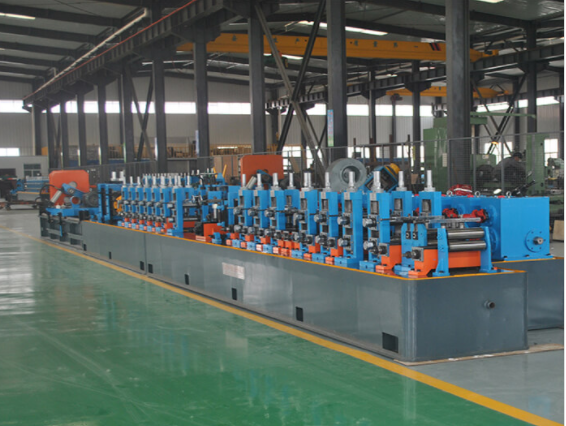
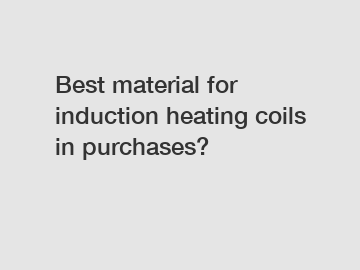
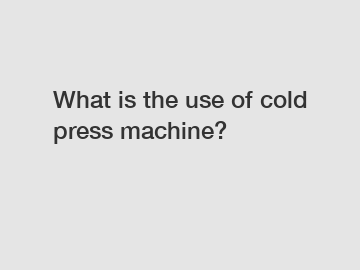
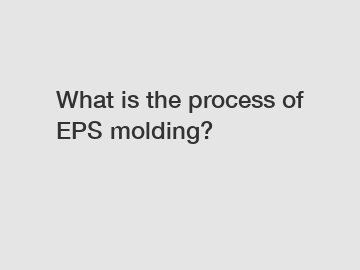



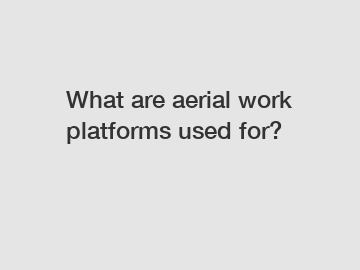

Comments
All Comments (0)